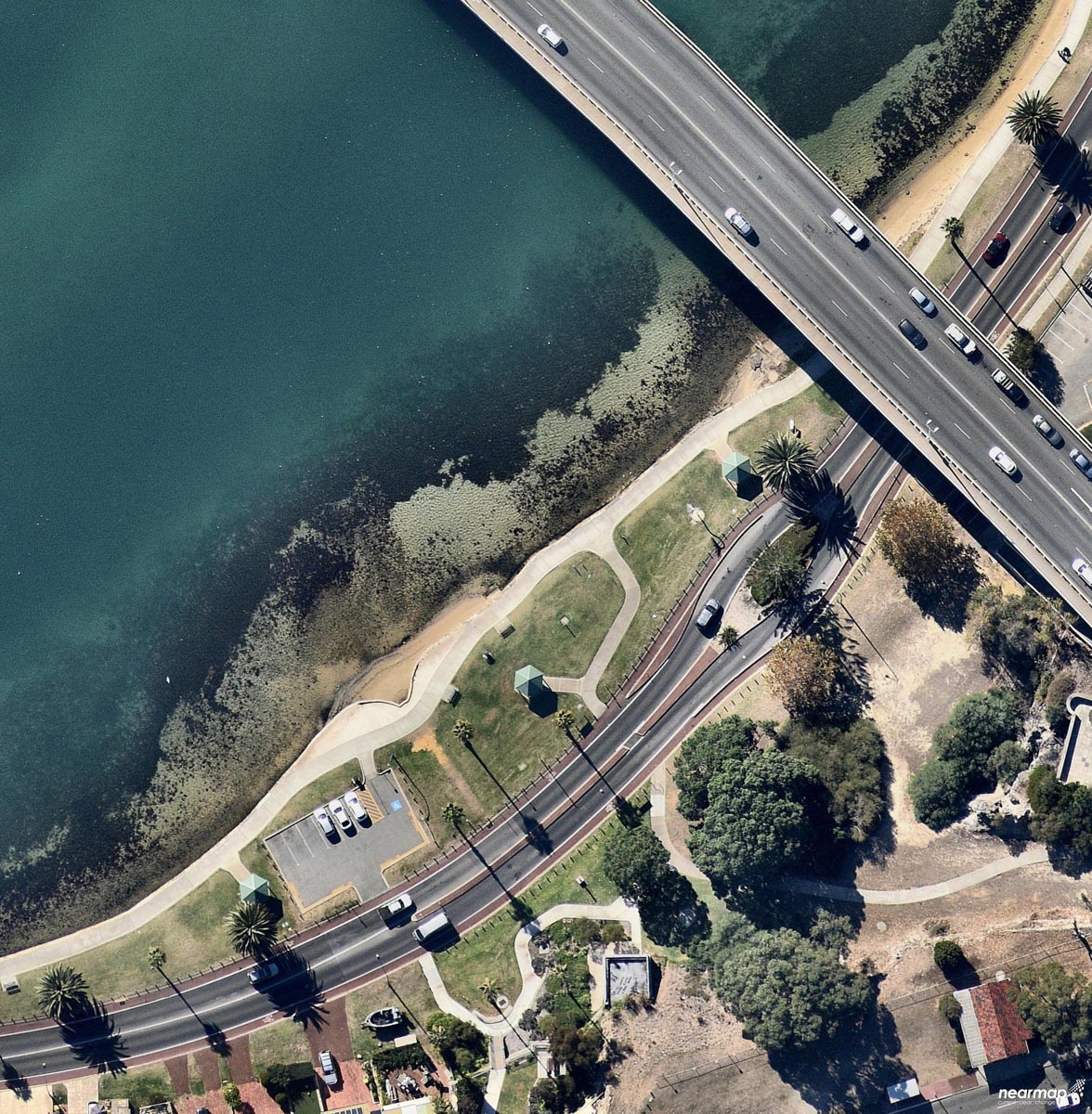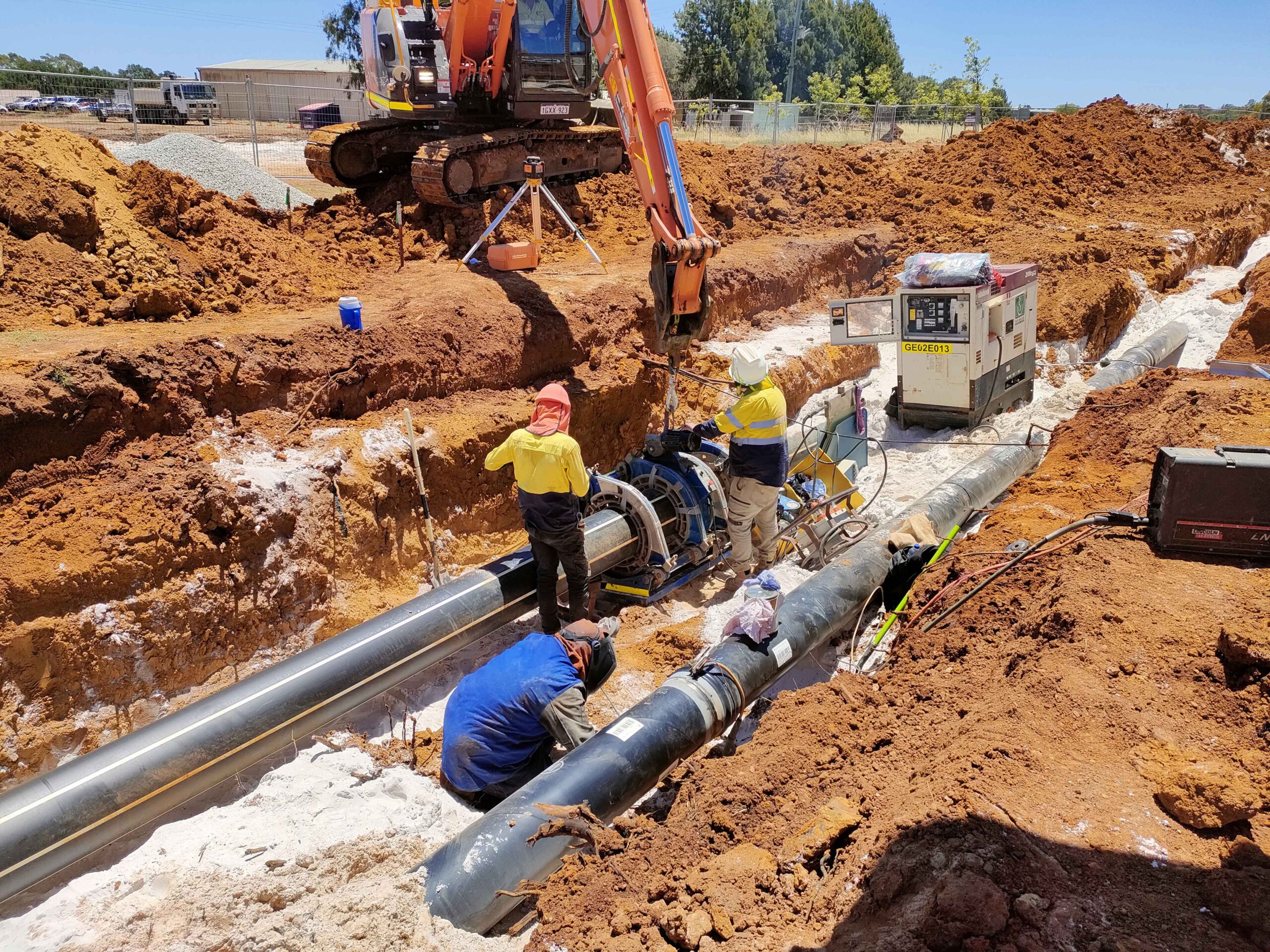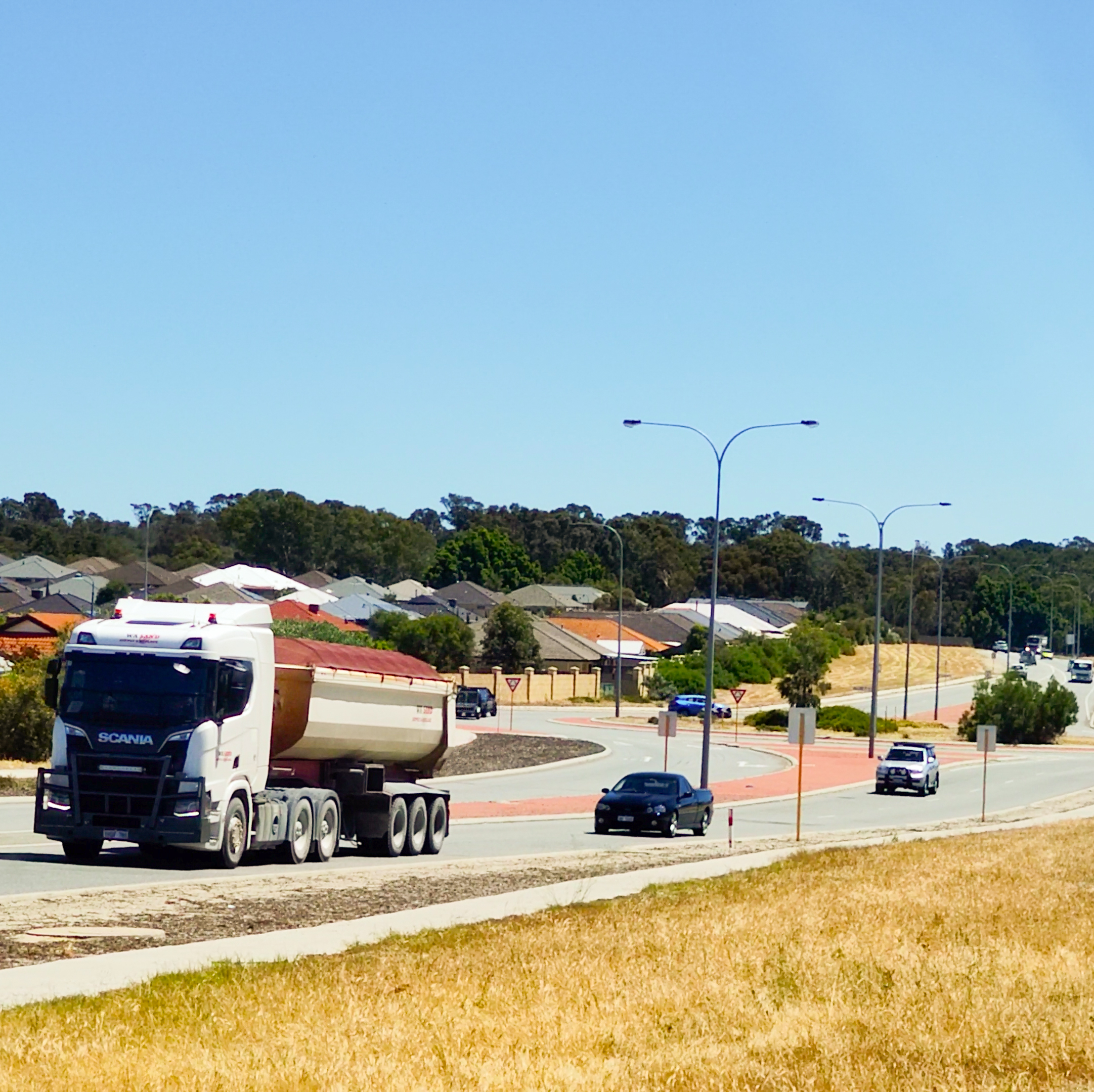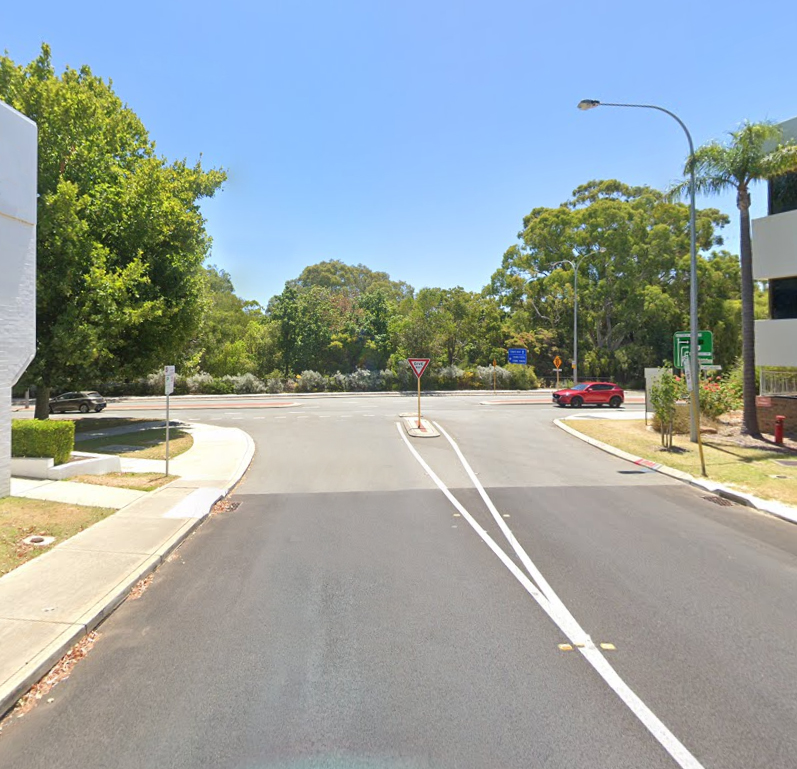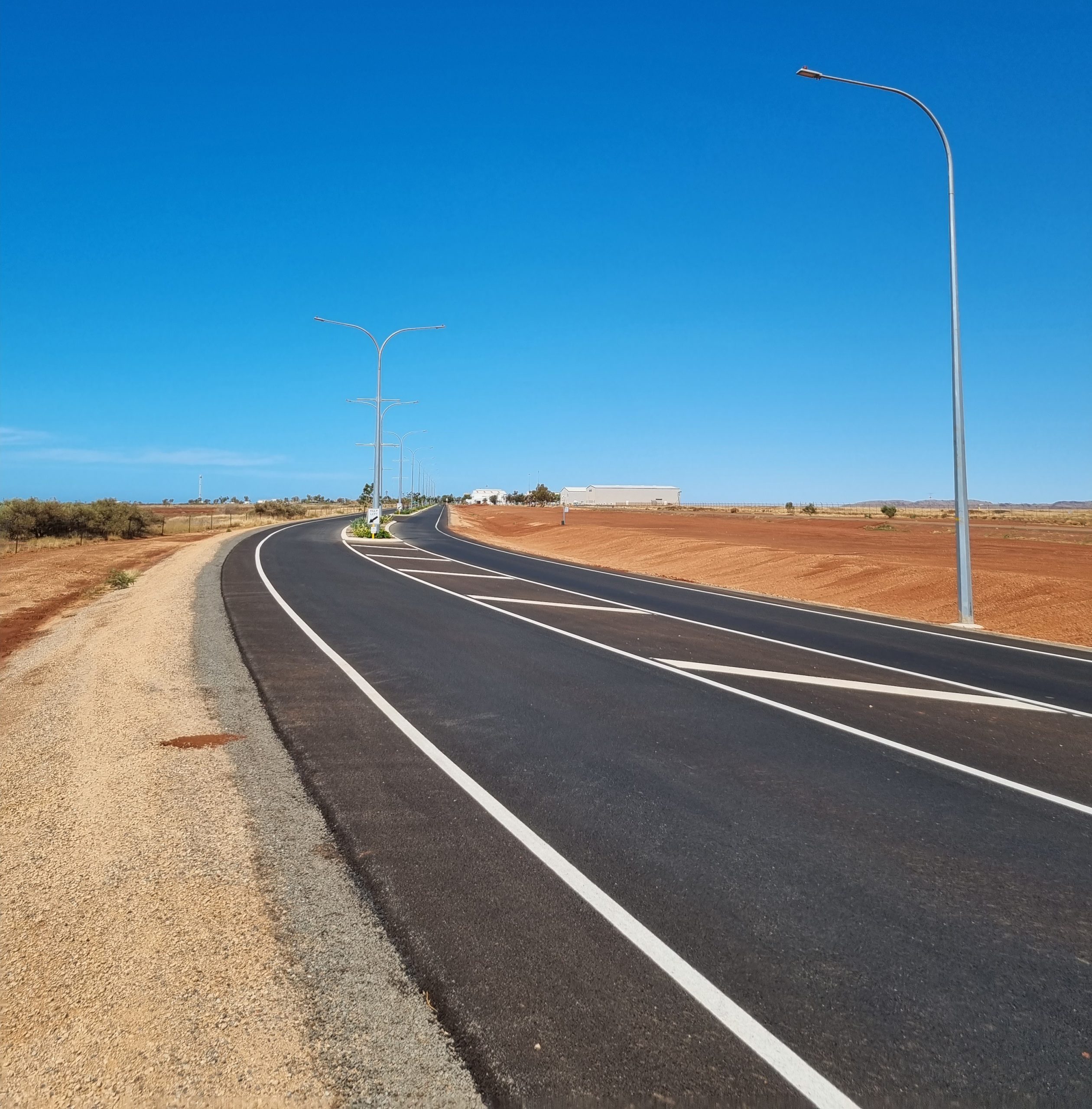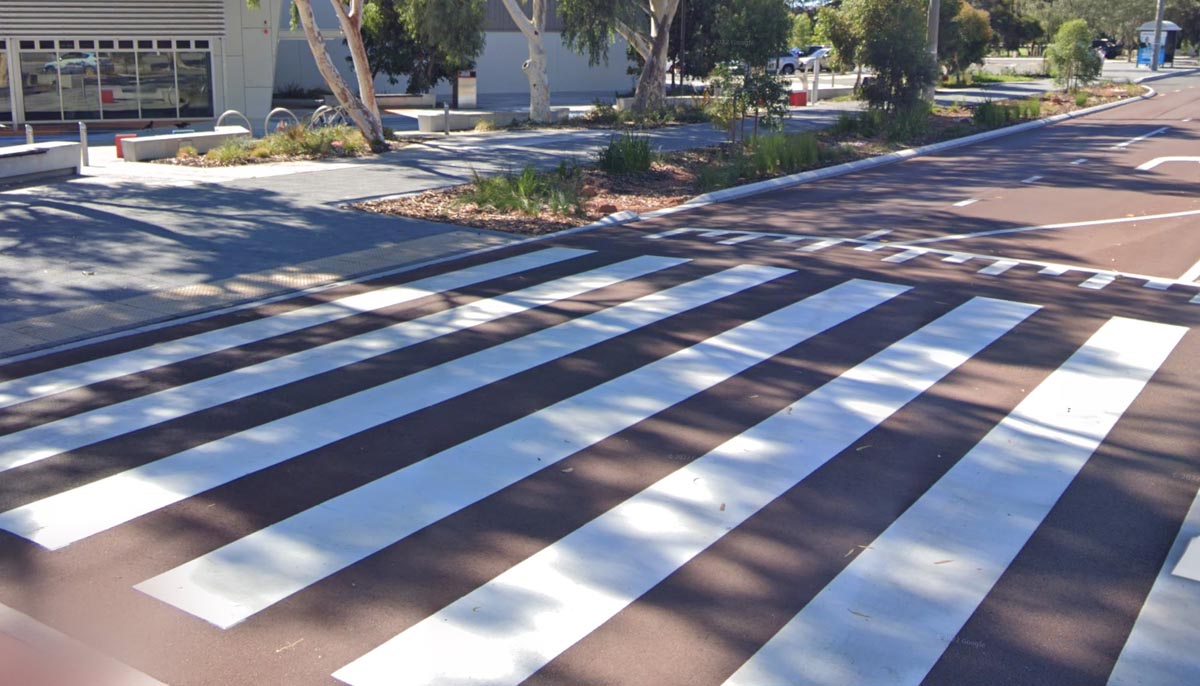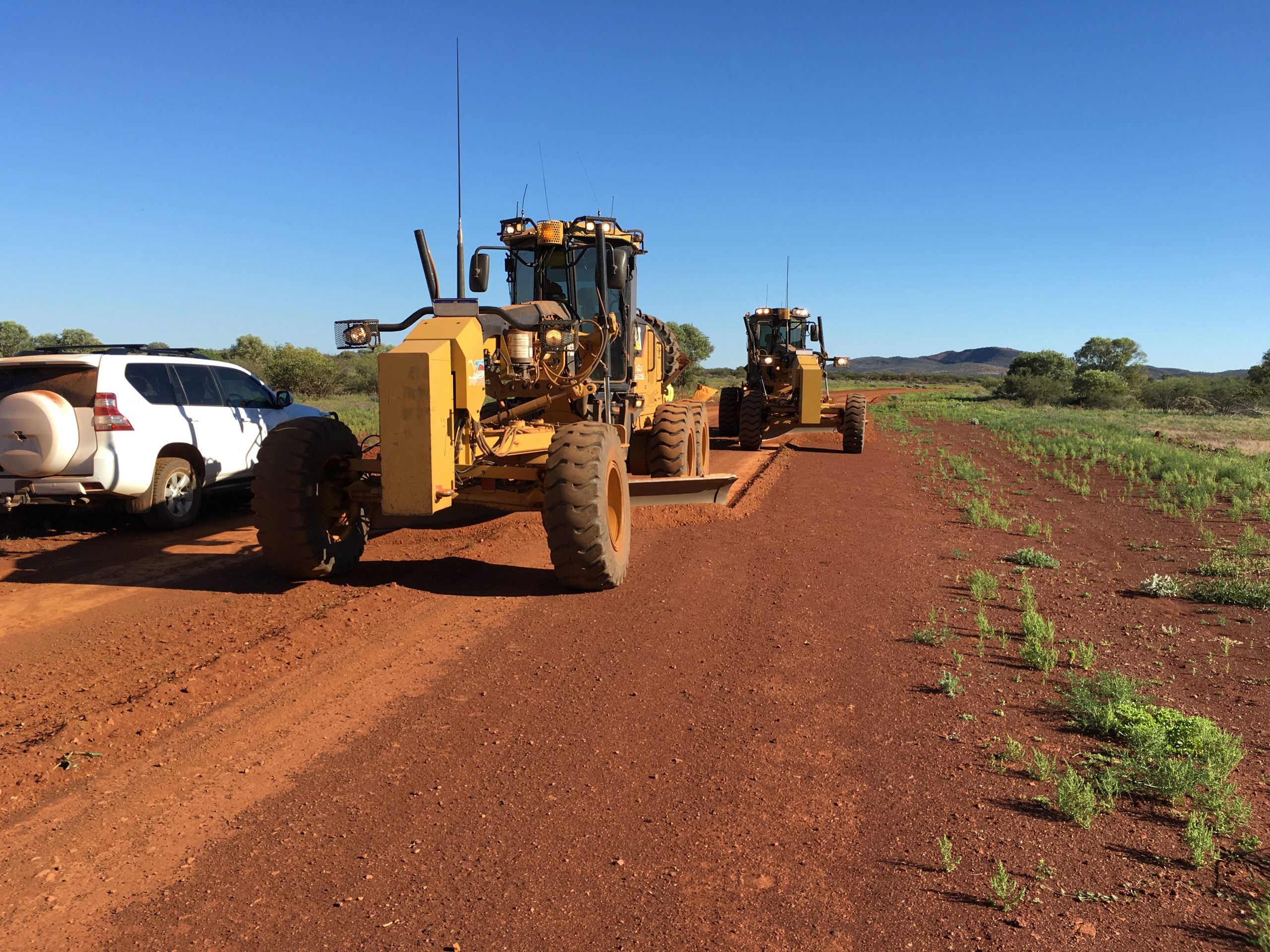Traffic and transport project solutions provided by Talis are cost effective and fit-for-purpose. Value engineering, policy knowledge and a tailored approach to each client’s needs is at the core of every traffic and transport related project carried by Talis.
Road Network
A well-planned road network is important for efficient transportation, economic development, regional connectivity, safety, emergency response, environmental impact and urban planning. It contributes to improved quality of life, enhanced mobility, and overall socio-economic progress. As traffic and transport engineering consultants, we undertake a wide range of services to ensure the continuous improvement of the road network, including:
- Feasibility studies
- Heavy vehicle route assessment
- Road Safety
- Intersection design
- Intersection and road network Traffic Modelling
- SIDRA
- LinSig
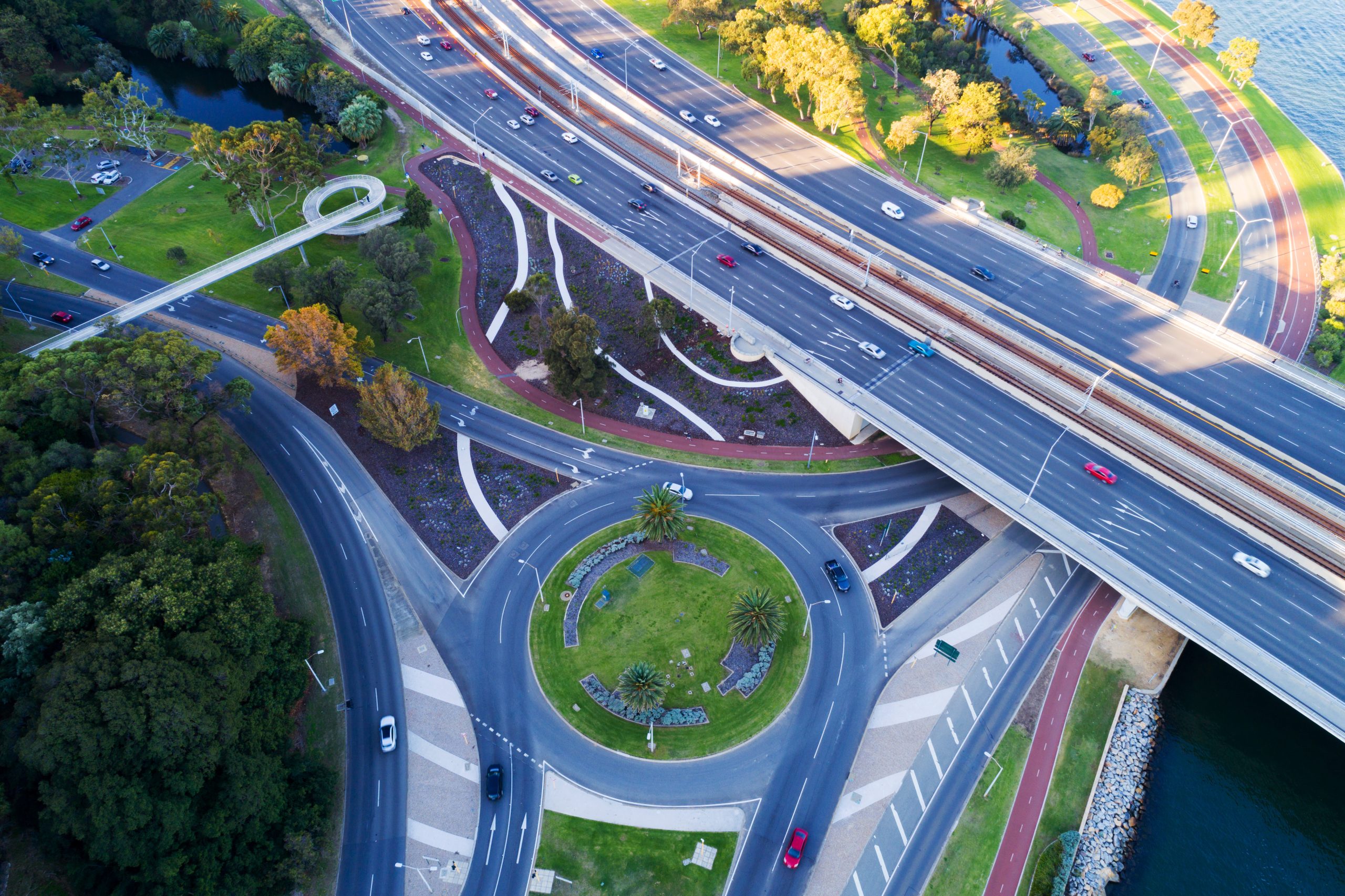
Development Application Transport Assessments
- Traffic Impact Statements
- Transport Impact Assessments
- Travel Plans
Active Transport (Walking, Cycling, E-Ridable Devices)
- Infrastructure design
- Route planning assessments
- First/Last mile assessments

Public transport Infrastructure Assessment & Design
Analysing the existing public transport infrastructure in terms of its capacity, functionality, safety, accessibility, and efficiency. This may include conducting surveys, analysing traffic patterns, and reviewing existing infrastructure reports. Additional scopes of work undertaken as part of this include:
- Identifying needs and goals and the various future demand factors that may impact them
- Analysing cost and benefits and
- Designing the infrastructure based on the assessments, needs and costs
- Project Managing the infrastructure build
- Ongoing monitoring
Activity Centre Movement Plans
Developing a traffic and transport engineering concept that involves designing and planning transport infrastructure around activity centres and in doing so, considering a variety of factors such as traffic flow, parking demand, pedestrian and cyclist safety and access to public transport.
The plan typically includes an analysis of the existing transport infrastructure and the needs of the community. It may also involve extensive public consultation and engagement to ensure that the plan meets the needs and priorities of the community.
Integrated Transport Planning
Integrated transport planning is becoming imperative to improve mobility, accessibility and sustainability in a given region or city. By considering the interactions and interdependencies among different modes of transportation, we aim to create a well-connected and balanced transportation system that meets the needs of the population while minimising negative impacts on the environment and promoting social equity.
We collaborate among various stakeholders, including government agencies, transportation authorities, urban planners, community organisations and the public and use comprehensive data analysis, modelling and forecasting techniques to evaluate existing transportation systems, identify gaps and develop strategies to improve the overall efficiency and effectiveness of the transportation network.
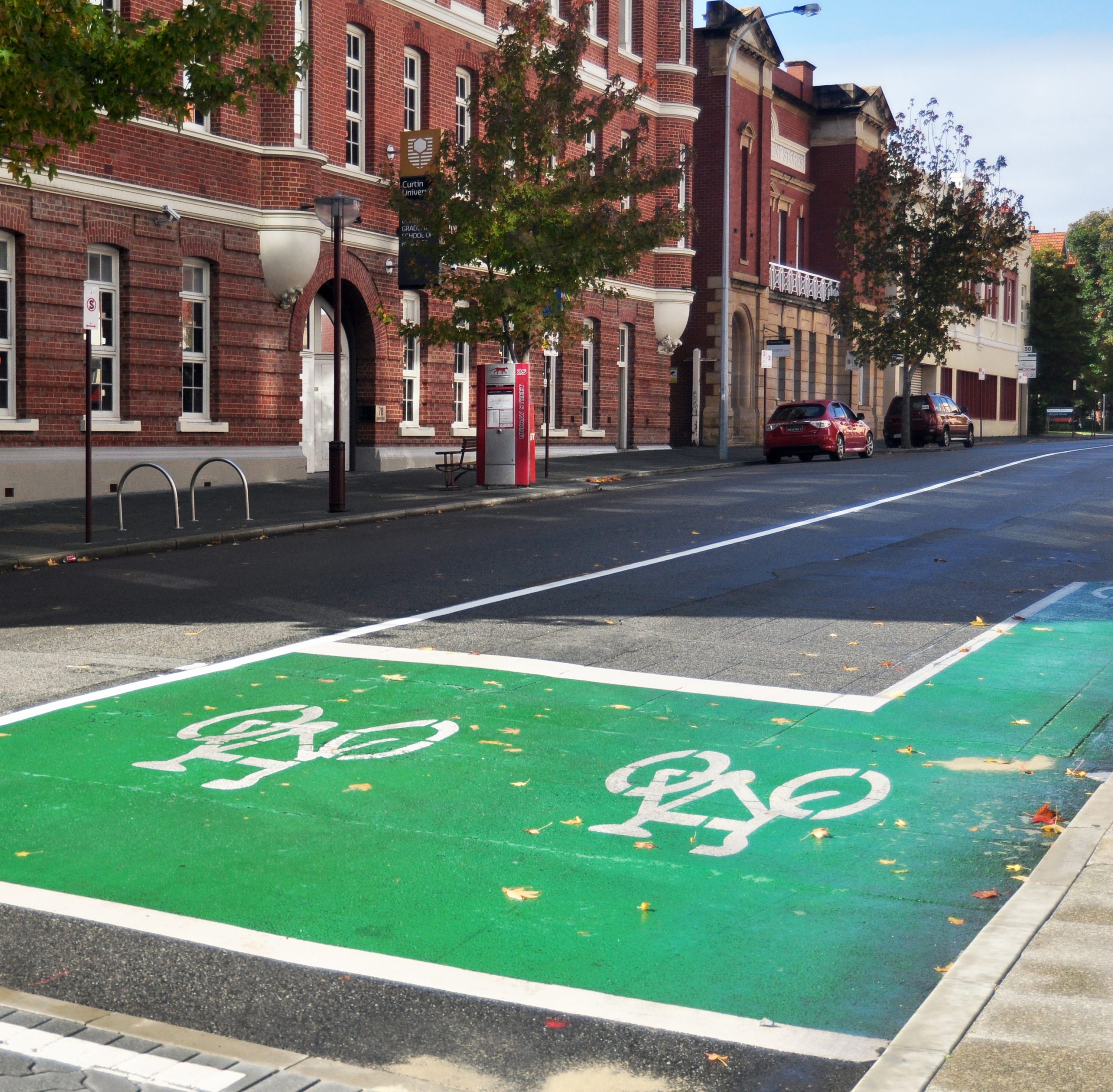
Stakeholder Consultation
Stakeholder consultation is an ongoing process, and it is integrated into the overall project planning and implementation of our projects. As part of the consultation process, we do the following:
- Identify stakeholders
- Stakeholder analysis
- Define objectives
- Develop an engagement plan
- Communication and transparency
- Foster a collaborative environment that encourages active participation and meaningful dialogue among stakeholders
- Document, analyse and address feedback in a timely manner

Cost Benefit Analysis
With limited funding and competing priorities, a cost benefit analysis is essential to assess the economic feasibility and value add of a project. It helps decision-makers evaluate the costs and benefits associated with different transportation options and determine whether the benefits outweigh the costs. The cost benefit analysis is usually presented alongside other non-economic factors to help with informed decision making.
Local Area Traffic Management
Our primary objective for Local Area Traffic Management (LATM) is to improve the safety, efficiency and the quality of life of residents by managing and controlling traffic flow, reducing congestion and minimising the impact of vehicles on the local environment.
Our traffic and transport engineers work in collaboration with other stakeholders (local councils, urban design and landscape architects, road safety engineers, Intelligent Transportation System (ITS) engineers, environmental engineers and other governing bodies) to develop effective LATM strategies that address the unique needs and challenges of a specific local area.
Value Engineering & Risk Management Assessment
By integrating value engineering and risk management assessment into traffic and transport planning and decision-making processes, we optimise the value delivered by transportation systems while effectively managing potential risks.
Value Engineering could be in the form of:
- Cost effectiveness – This includes evaluating alternative design options, exploring innovative technologies or optimising existing infrastructure
- Enhancing user experience – This includes considerations such as travel time reduction, improved safety, increased accessibility and enhanced comfort
- Sustainability – opportunities to reduce environmental impacts, improve energy efficiency and integrate multimodal transportation options
Risk Management Assessment includes:
- Risk identification, assessment and mitigation strategies
- Monitoring and adaptation
- Legal and regulatory compliance
